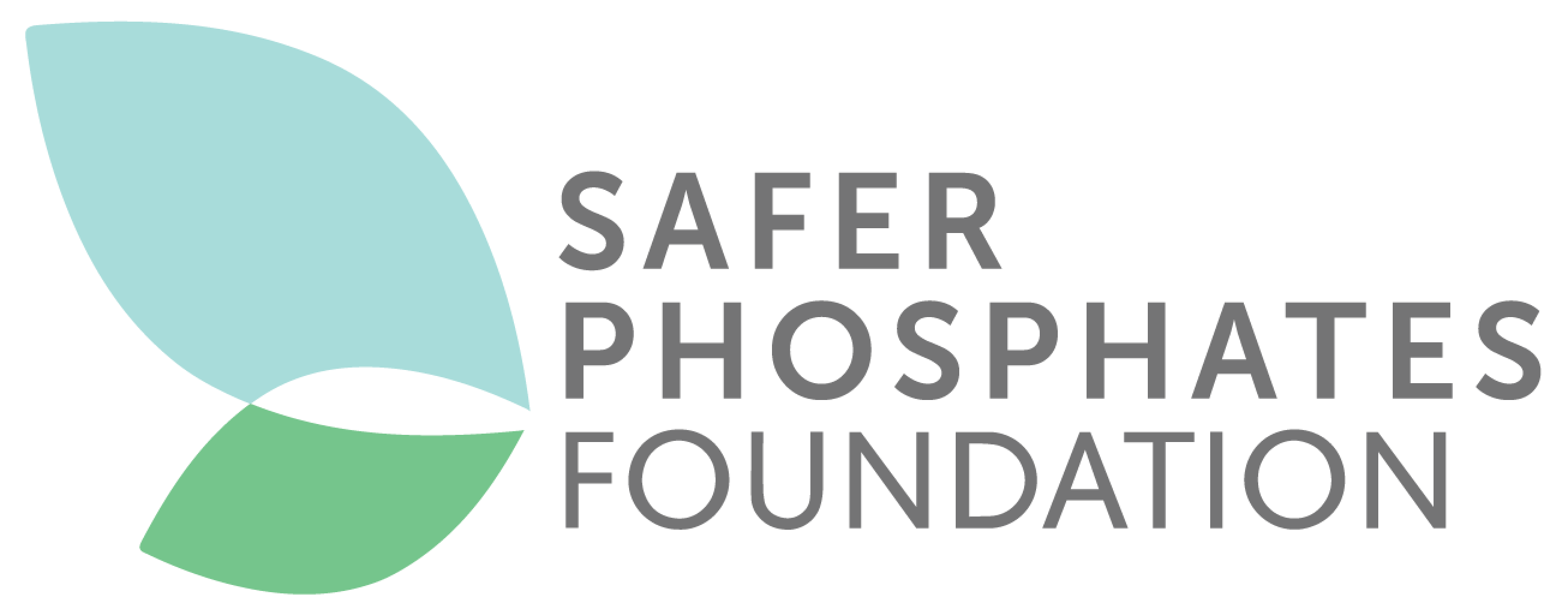In the context of the upcoming revision of the EU Registration, Evaluation, Authorisation and Restriction of Chemicals (“REACH”) Regulation, the European Commission published a study "Contaminants in Fertilisers: Assessment of the Risks Associated with their Presence and the Socio-Economic Impacts of a Possible Restriction under REACH", carried out by Arcadis.
The objective of the study was to: (1) identify the presence of contaminants/impurities in fertilisers; (2) identify substances present in fertilisers that could be harmful to the environment and/or human health; and (3) identify the challenges posed by fertiliser alternatives.
The report singles out cadmium as a significant contaminant in fertilisers, classified in the highest hazard class due to its carcinogenic nature, reproductive toxicity, mutagenicity, target organ toxicity and aquatic chronicity, among others.
Although the current EU Fertilising Products Regulation (FPR) provides for a concentration limit of 60 mg/kg of cadmium (Cd) in phosphate (P2O5) fertilisers, the study calls for a risk-based approach to assess the possible future restriction of cadmium in fertilisers under REACH. This can be seen as a clear reflection of the willingness of the scientific community to act and to address the current gaps and inefficiencies at EU level in the fight against cadmium contamination.
)
The report concludes that there is a risk to the soil compartment at 60 Mg, no risk at the 20 Mg level, and a realistic option to act at 40 Mg Cd/kg PO25. In other words, the study proves that setting a cadmium concentration limit at 40 Mg Cd/kg PO25 would simultaneously improve the situation in terms of cadmium accumulation and contamination, while being technically easy to implement and not causing excessive costs or market problems.
Additionally, the report also states that phosphorus should be sourced more selectively from third countries, and complementary research, development and technical innovations should be developed to significantly reduce cadmium contamination of soils.
Besides confirming that a 60mg/kg P2O5 limit is clearly insufficient to address the risks of cadmium contamination, one of the main contributions of this report is the suggestion of the restriction process of REACH Regulation (EU) 1907/2006 as an effective regulatory framework to comprehensively address cadmium contamination of phosphate fertilisers, complementing the FPR. By acting through this regulatory framework, new or revised limit values for contaminants could then be included in a future amendment of the FPR and/or in Annex XVII of REACH to cover national fertilisers.
Finally, the study strongly encourages policy makers to respond to this need for action by preparing a strategy aligned with the European Green Deal, i.e. one that supports more sustainable European targets while helping industry in the transition to lower contaminant concentration limits.

